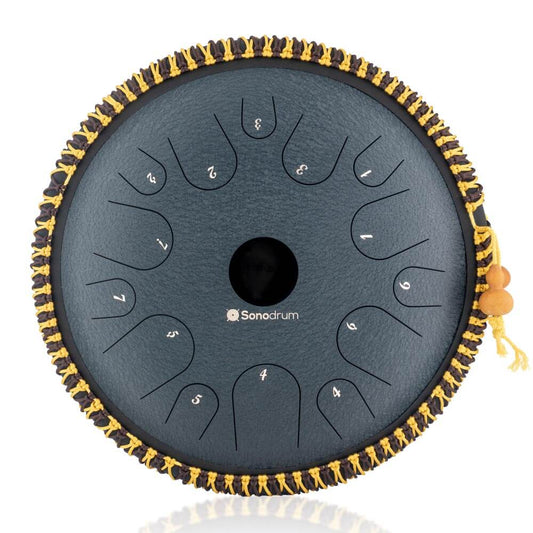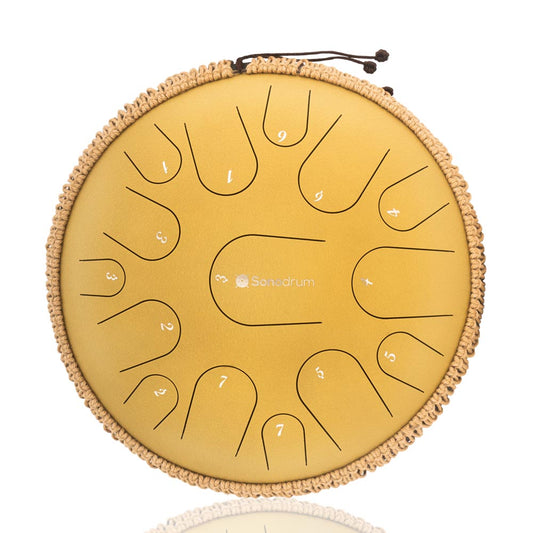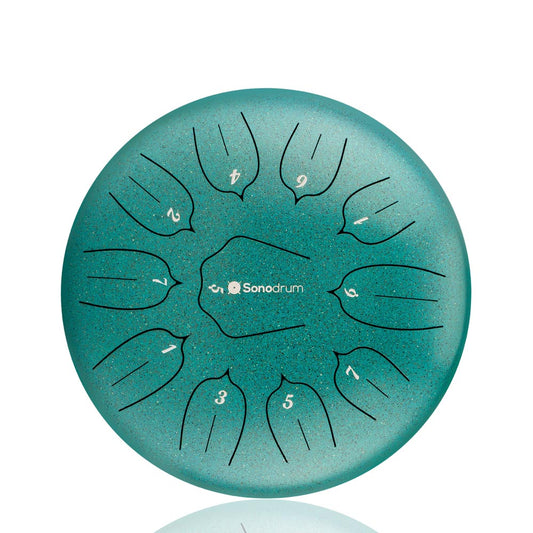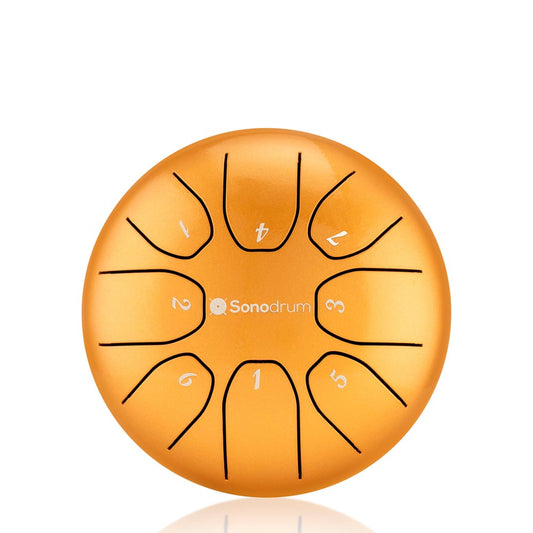Tongue drums, with their enchanting tones and rhythmic possibilities, offer a unique musical experience for players of all skill levels. While off-the-shelf tongue drums come in a variety of designs and tunings, many enthusiasts are drawn to the idea of customizing their instruments to suit their individual preferences and creative visions. In this article, we'll explore the world of DIY modifications for tongue drums, offering creative ideas and tutorials for customizing these versatile instruments.
Adding Additional Tongues:
One popular modification for tongue drums is the addition of extra tongues, which expands the instrument's tonal range and versatility. Enthusiasts can experiment with different tongue lengths, widths, and materials to create a custom layout that suits their musical style and preferences. Tutorials for adding extra tongues typically involve drilling holes in the drum's surface and affixing additional tongues using screws or adhesive.
Tuning Options:
Another area ripe for modification is the tuning of the tongue drum. While many tongue drums come pre-tuned to specific scales or modes, DIY enthusiasts can explore alternative tuning options to create unique and unconventional sounds. Tutorials for retuning tongue drums often involve heating the tongues with a torch or heat gun to soften the metal, allowing for adjustments to the pitch and resonance of each tongue.
Decorative Elements:
In addition to enhancing the sonic capabilities of the instrument, DIY modifications can also involve adding decorative elements to the tongue drum's exterior. Enthusiasts can personalize their instruments with intricate wood carvings, colorful paint schemes, or symbolic engravings that reflect their individuality and artistic expression. Tutorials for adding decorative elements typically involve sanding, painting, or carving the drum's surface to create the desired design.
Electronic Modifications:
For those interested in exploring the intersection of acoustic and electronic music, DIY modifications can also involve adding electronic components to the tongue drum. Enthusiasts can install contact microphones, pickups, or electronic effects pedals to amplify and manipulate the sound of the instrument in real-time. Tutorials for electronic modifications often require basic soldering skills and familiarity with audio electronics.
Conclusion:
From expanding the tonal range with additional tongues to exploring alternative tuning options and adding decorative elements, DIY modifications offer endless possibilities for customizing and personalizing tongue drums. Whether you're a seasoned musician looking to push the boundaries of sound design or a novice enthusiast eager to put your own creative stamp on your instrument, the world of tongue drum DIY modifications invites exploration and experimentation. With a bit of ingenuity and a willingness to think outside the box, you can transform your tongue drum into a one-of-a-kind musical masterpiece that reflects your unique vision and passion for music.




